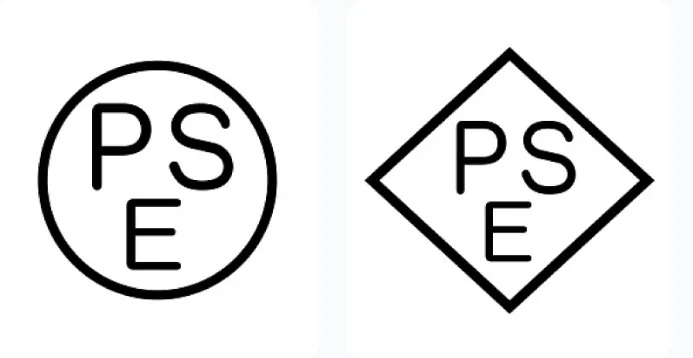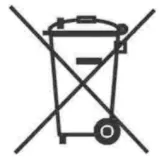
What is the difference between an MSDS and an SDS report?
Currently, for the transportation of hazardous cheMICals, chemical products, lubricants, powders, liquids, lithium batteries, health products, cosmetics, perfumes, etc., an MSDS report is often requiRED. Some agencies issue sds reports instead. What is the difference between them?
MSDS (Material Safety Data Sheet) and SDS (Safety Data Sheet) are closely related in the field of chemical safety data sheets, but there are some distinct differences between the two. Here is a detailed analysis of their differences:
Definition and Background:
- MSDS: Stands for Material Safety Data Sheet. It is a comprehensive regULatory document provided by chemical producers, traders, or sellers to downstream customers, detailing the characteristics of the chemical. It was established by the Occupational Safety and Health Administration (OSHA) in the United States and has been widely used in the U.S., Canada, Australia, and many Asian countries.
- SDS: Stands for Safety Data Sheet, which is an updated version of MSDS. SDS was developed under international standards set by the United Nations to establish a globally harmonized system of standards and guidelines. In China, the GB/T 16483-2008 standard implemented on February 1, 2009, defines the "Chemical Safety Data Sheet" as SDS.
Content and Structure:
- MSDS: Typically includes information on the physical properties, hazard characteristics, safety measures, and emergency response related to the chemical. These details are essential for safe transportation, storage, and usage.
- SDS: As the updated version of MSDS, SDS provides more systematic and comprehensive information, emphasizing safety, health effects, and environmental impacts. It includes 16 sections, covering chemical and company information, hazard identification, composition, first-aid measures, fire-fighting measures, accidental release measures, handling and storage, exposure controls, physical and chemical properties, toxicological information, ecological information, disposal considerations, transport information, regulatory information, and other relevant data.
Usage Scenarios:
Both MSDS and SDS are used to provide safety information about chemicals to meet the needs of customs inspections, freight forwarding, customer requirements, and corporate safety management.
SDS, due to its more comprehensive information and standards, is often considered a superior safety data sheet.
International Recognition:
- MSDS: Widely used in countries like the U.S., Canada, Australia, and many parts of Asia.
- SDS: As an internationally standardized document, SDS is adopted under EU reach regulations and ISO 11014, gaining broad recognition globally.
Regulatory Requirements:
- SDS is a mandatory information transmission document under EU REACH regulations, with clear requirements for its preparation, updating, and distribution.
- MSDS, while not as explicitly mandated by international regulations, remains an important carrier of chemical safety information and is subject to national regulations.
MSDS and SDS differ significantly in terms of definition, content, usage, international recognition, and regulatory requirements. As the updated version of MSDS, SDS is more comprehensive and systematic, making it the preferred chemical safety data sheet for international use.
China's JJR Laboratory, based in China, offers these services and can help businesses save up to 30% on certification and testing costs.
More:CE Certification mark | UL Certification cost | RCM Certification | UN38.8 battery
Email:hello@jjrlab.com
Write your message here and send it to us
 What is Amazon TIC and How Can Sellers Achieve Com
What is Amazon TIC and How Can Sellers Achieve Com
 2026 Battery UN38.3 Certification (Test Report) &a
2026 Battery UN38.3 Certification (Test Report) &a
 What is the IEC 62680 Standard? Compliance Interpr
What is the IEC 62680 Standard? Compliance Interpr
 Amazon Japan December Compliance Requirements
Amazon Japan December Compliance Requirements
 How to Check a CPSC-Accepted Laboratory?
How to Check a CPSC-Accepted Laboratory?
 WEEE Registration for Waste Electrical &Electr
WEEE Registration for Waste Electrical &Electr
 MSDS Chemical Safety Testing
MSDS Chemical Safety Testing
 What Are the Differences Between UK REACH and EU R
What Are the Differences Between UK REACH and EU R
Leave us a message
24-hour online customer service at any time to respond, so that you worry!




